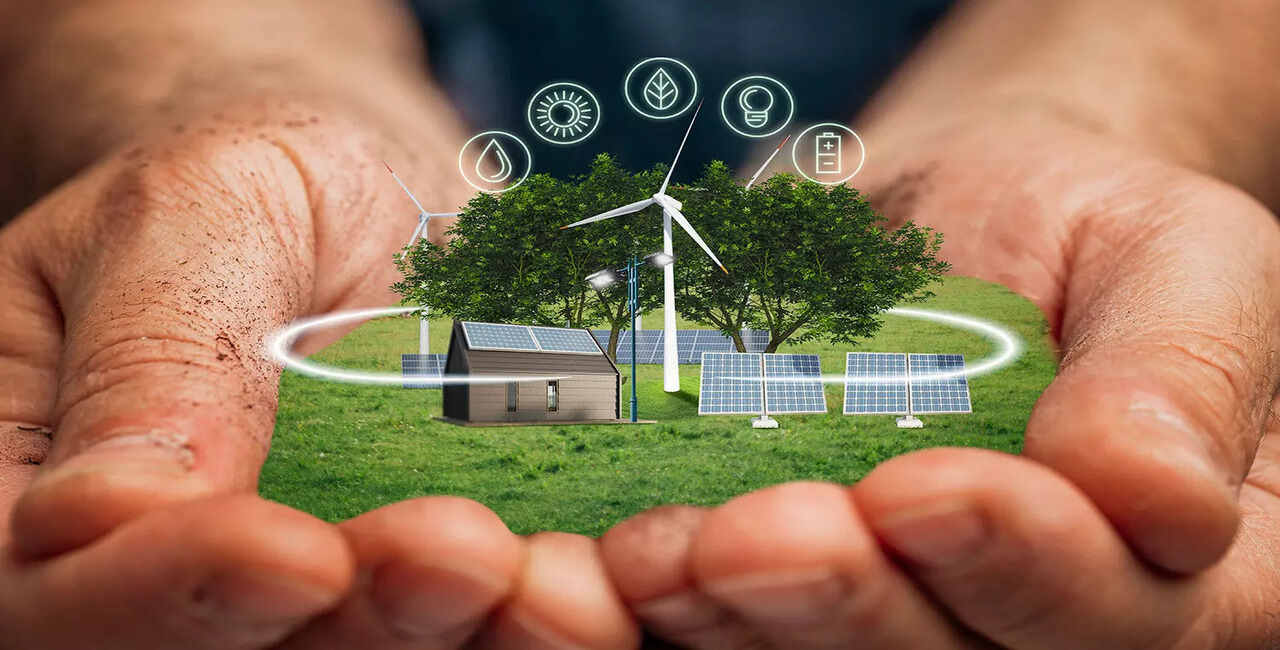Africa’s Battery Boom: From Pilots to Grid-Scale Storage
Africa is witnessing a rapid surge in battery energy storage projects, with South Africa leading the way. The landmark Red Sands Battery Energy Storage System (BESS) , a 153 MW / 612 MWh project, recently reached commercial close, making it the largest standalone battery storage project on the continent. This signals that storage is moving from small-scale pilots to core infrastructure in Africa’s power sector.
Why Battery Storage Matters for Africa’s Power Future
Battery energy storage systems (BESS) are critical to:
- Stabilizing weak grids prone to outages and load-shedding.
- Storing solar and wind power for use during peak evening demand.
- Reducing renewable energy curtailment and transmission bottlenecks.
- Improving energy security in regions heavily reliant on hydropower.
By shifting electricity across time and balancing variable renewable generation, battery projects in Africa are unlocking a faster, more resilient clean energy transition.
Key Battery Storage Projects Across Africa
1. South Africa – Leading the Continent
South Africa has become the continent’s frontrunner. The Red Sands project will provide four hours of storage, helping reduce grid congestion in the Northern Cape. Earlier tenders also contracted hundreds of megawatts of storage, creating a strong pipeline of large-scale BESS deployments.
2. Kenya – Solar Plus Storage Integration
Kenya’s power utility KenGen launched a 42.5 MW solar plant with a 3 MW / 4.5 MWh battery at Seven Forks. This hybrid model is being used to stabilize the grid and complement hydropower generation during dry seasons.
3. West Africa – Emerging Interest
Countries like Ghana and Nigeria are exploring donor-backed and private sector-driven battery projects to balance unreliable grids and integrate more renewable power.
Financing and Technology Trends
Battery storage in Africa is financed through a mix of:
- Independent Power Producers (IPPs) pairing storage with solar or wind farms.
- Development Finance Institutions (DFIs) providing concessional loans, guarantees, and risk cover.
- Multilateral agencies supporting blended finance structures to lower project costs.
Technologies are evolving too. While lithium-ion dominates, developers are also exploring long-duration batteries, hybrid solar-plus-storage IPPs, and recycling opportunities for second-life EV batteries.
Challenges Slowing Down Deployment
Despite strong momentum, battery storage in Africa faces obstacles:
- High upfront costs compared to traditional power sources.
- Unclear regulation on how storage is classified and compensated.
- Currency risks for foreign investors.
- Lack of local supply chains and recycling facilities.
- Skills gap in designing, operating, and maintaining BESS systems.
Unless addressed, these barriers could slow Africa’s ability to scale up renewable energy.
What to Watch Next in Africa’s Battery Storage Market
- Red Sands project delivery – a benchmark for large-scale deployment.
- New regulatory frameworks – defining storage as a generation or grid asset.
- Financing models – more blended finance and risk guarantees to crowd in private capital.
- Local value chains – from assembly to recycling hubs for batteries.
Also read: Best Battery Storage Companies in Africa 2025
FAQs on Battery Storage in Africa
1. What is the largest battery storage project in Africa?
The Red Sands BESS in South Africa (153 MW / 612 MWh) is currently the largest.
2. Why does Africa need battery storage?
To stabilize unreliable grids, store renewable power, and reduce dependence on fossil fuels.
3. Which African countries are leading in battery storage?
South Africa is leading, with Kenya, Ghana, and Nigeria emerging as key players.
4. What are the main challenges facing battery projects?
High capital costs, weak regulations, foreign exchange risks, and lack of recycling facilities.
5. How is battery storage financed in Africa?
Through independent power producers, development finance institutions, and multilateral support.



